New tool provides users with free access to geological models for three major UK cities
A new tool providing free user access to 3D geological models has been added to the GeoIndex.
18/11/2021 By BGS Press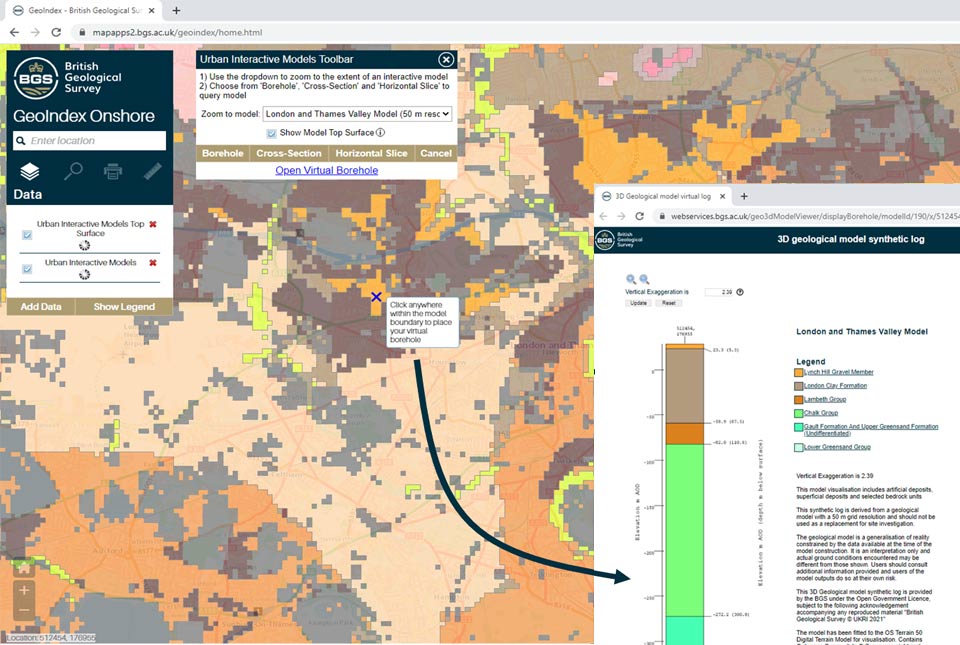
A new urban interactive models tool, providing free user access to geological models for selected UK cities, has been added to BGS’s GeoIndex service.
BGS GeoIndex already provides access to a range of 2D information and data resources through an interactive map viewer, enabling users to navigate to their area of interest, view and query datasets, download reports and clip data, and make enquiries.
The new tool allows users to capture synthetic boreholes, geological cross-sections and slices through 3D models developed by BGS for London, Glasgow and Cardiff, the largest cities in England, Scotland and Wales.
A range of technical, professional and academic users, in particular consultancy for the geotechnical, construction and groundwater sectors, will benefit from the tool, which makes key urban models freely accessible for the first time.
The models provide regional geological understanding (50 m resolution) designed to help users develop conceptual ground models and plan ground investigations.
Users can query the geological model to obtain a range of visualisations of geological conditions beneath each of the cities. The views can also be downloaded as a standard format PDF.


3D urban geology on the BGS GeoIndex. BGS © UKRI.
Each of the geological models was constructed through the analysis of thousands of borehole records and integration with geological map data, informed by extensive literature review. In addition to the virtual borehole and section functions, a new slice function is being trialled for displaying geological units at specified depths.
Katie Whitbread, who leads the national geological modelling programme at the BGS, said the tool helps inform the development of conceptual ground models for construction and groundwater management, as well as supporting early-stage planning.
Urban geological models encapsulate a huge amount of geological data and knowledge to provide comprehensive 3D information on the variability of the rocks and sediments underlying our cities. Understanding this variability is critical for de-risking decision making and investment in a range of applications from construction to the management of surface and groundwater.
Conceptual ground models are a key component of early planning and desktop studies, helping to identify potential risks, develop hypotheses around ground conditions, optimise the design of targeted investigations and allow communication of the geological conditions to different stakeholders.
The urban interactive model tool adds value to the initial stages of this development process, providing accessible regional geological understanding for key UK cities, derived directly from three-dimensional geological characterisation of the upper few 100 m of the ground.
Katie Whitbread, project manager, BGS National Geological Model.
Through the tool, users can link to other BGS resources including the lexicon, model metadata reports and relevant research reports for the selected cities, and access wider 2D and 3D data services.
The underlying model data, along with a range of other BGS LithoFrame models, can be licensed through BGS Data Services, who can also arrange academic licences. BGS also provides bespoke modelling services and commissioned research for users requiring access to more detailed information. Users are encouraged to provide feedback by email to BGS Enquiries and are invited to get in touch if they are interested in being part of a user forum to help inform the design and development of new features and functions.
Whilst the tool is not intended to provide a substitute for detailed site investigations and we recognise these evaluations require additional information, the geological model provides a baseline dataset and regional context that, crucially, can inform early decision making, particularly at the desk study stage.
We are committed to working closely with potential users and stakeholders to develop the model and explore how BGS can advance its 3D geology services to help support planning and resource assessments.
Working with our stakeholders, we would like to explore future development of the tool such as increasing the coverage of UK urban areas, adding geotechnical and hydrogeological information and providing additional digital output formats so that GeoIndex continues to provide subsurface knowledge where it is needed most.
Katie Whitbread, project manager, BGS National Geological Model.
The new tool can be accessed by opening the onshore GeoIndex online and navigating to the new ‘3D models’ layer, under the data list.
Relative topics
Related news
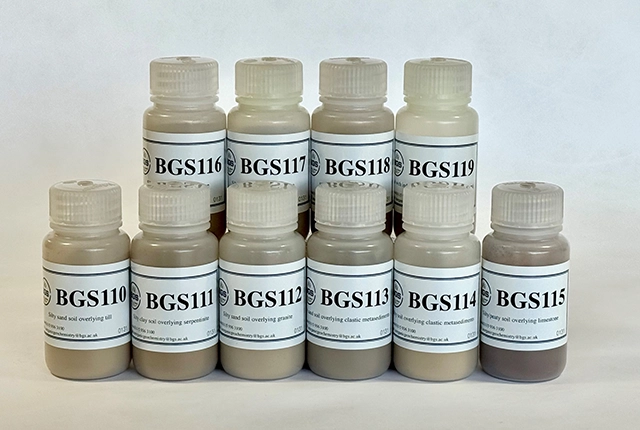
Suite of ten new soil reference materials released
02/01/2026
BGS has a longstanding track record of producing high-quality reference materials and has released ten new soil reference materials.
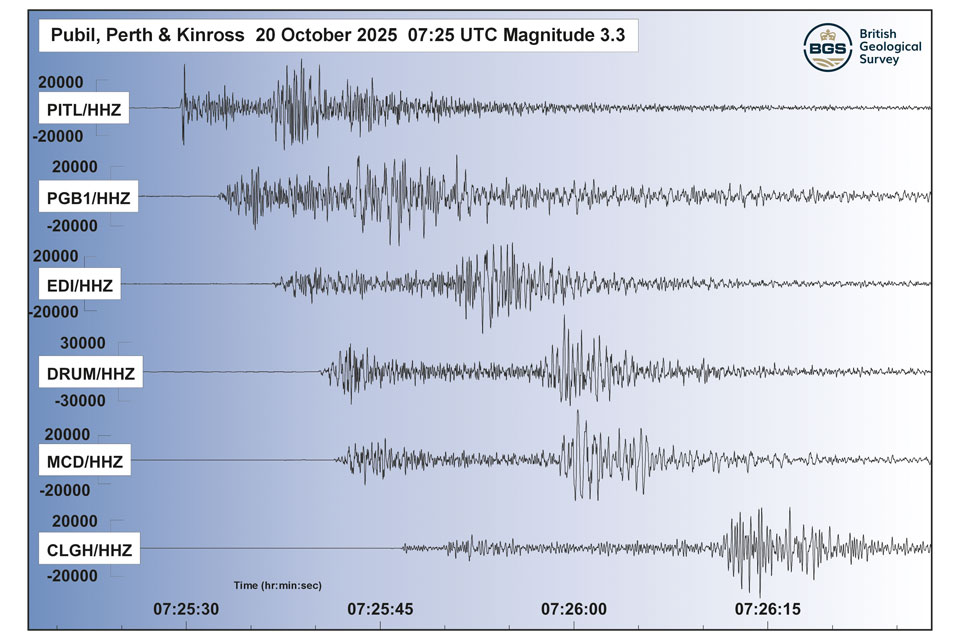
Perth and Kinross tops the UK’s earthquake activity charts for 2025
29/12/2025
Seismologists at the British Geological Survey have published data on the number of seismic events over the past 12 months with over 300 earthquakes recorded.
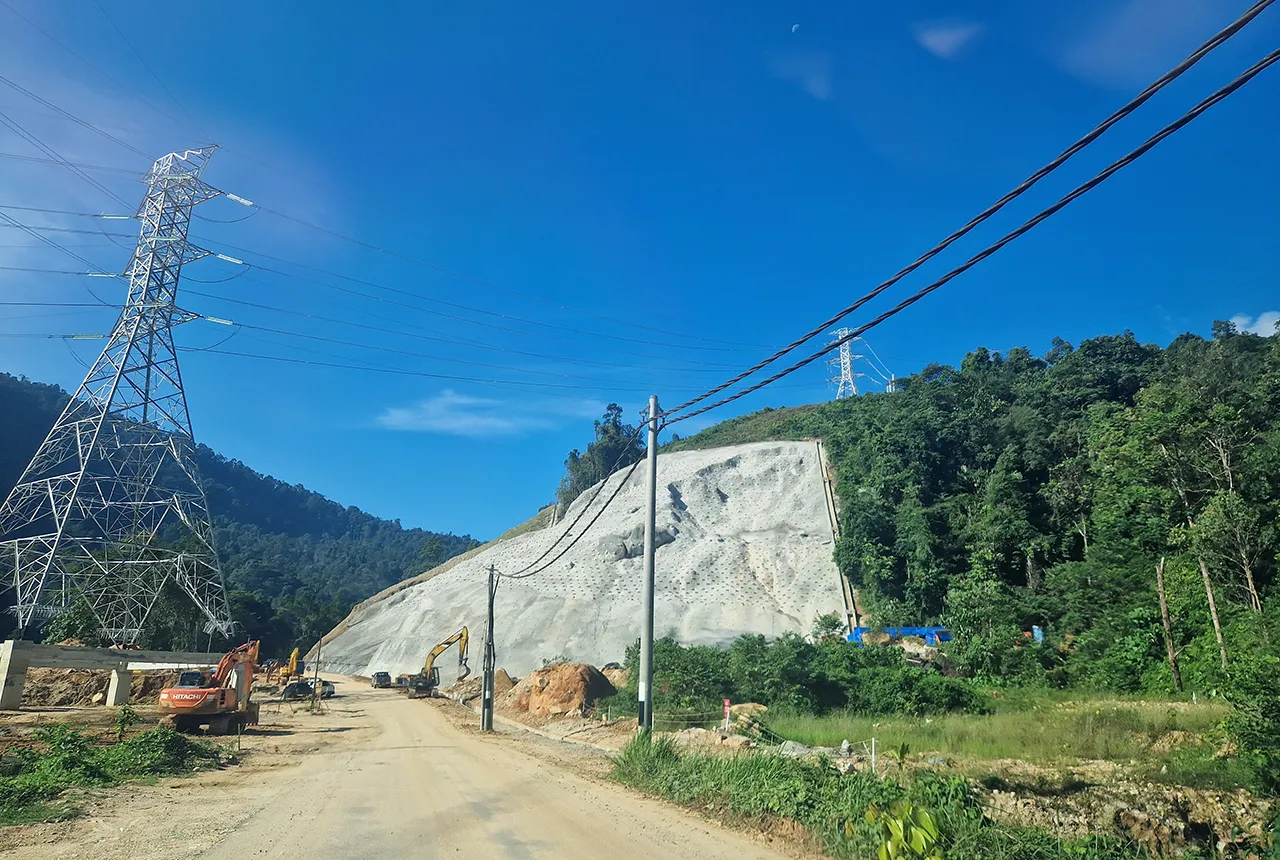
BGS awarded funding to support Malaysia’s climate resilience plan
17/12/2025
The project, funded by the Foreign, Commonwealth & Development Office, will focus on minimising economic and social impacts from rainfall-induced landslides.
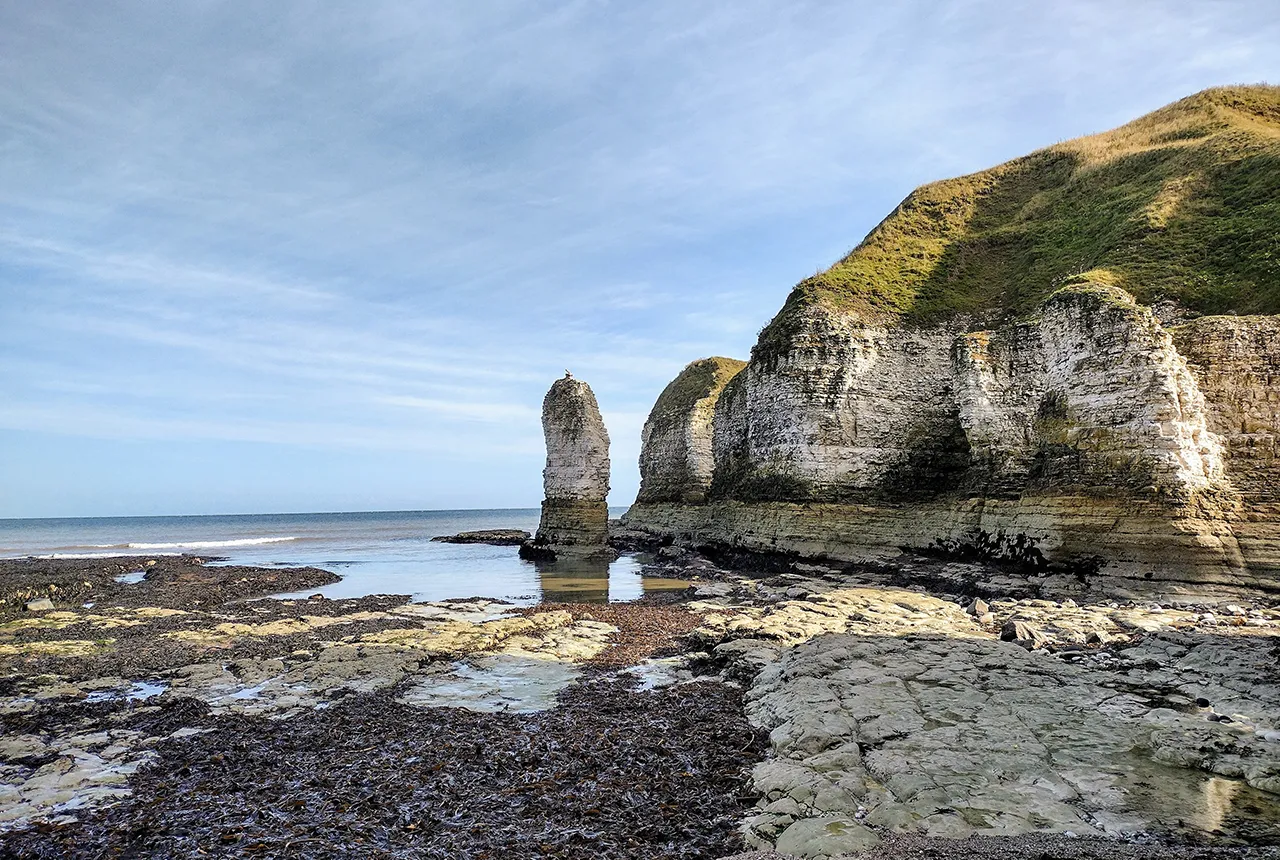
New geological maps of the Yorkshire Wolds to better inform groundwater management and policy decisions
17/12/2025
The new mapping provides crucial data on localised geological issues that may assist in protecting water supplies.
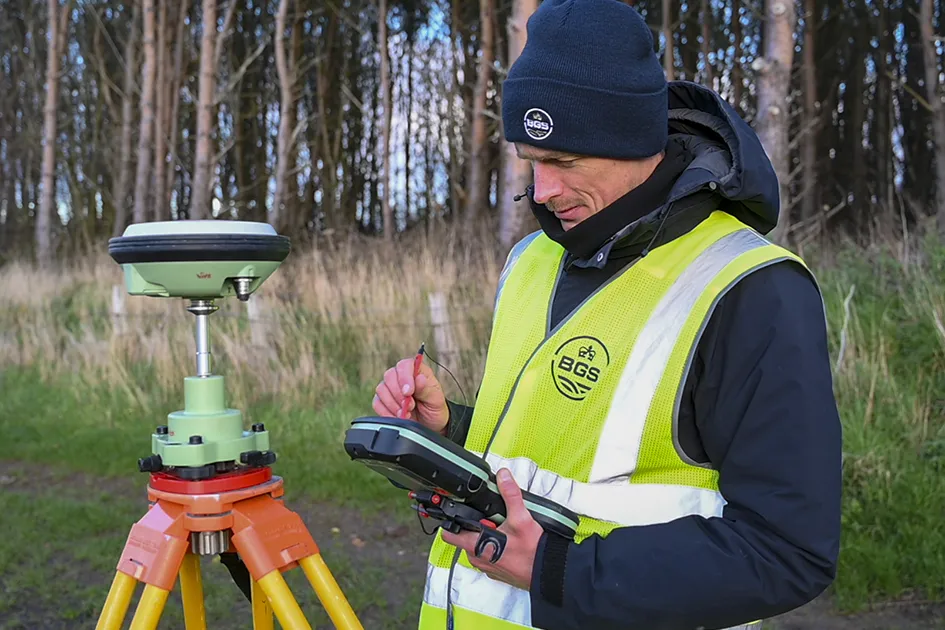
‘Three norths’ set to leave England and not return for hundreds of years
12/12/2025
The historic alignment of true, magnetic, and grid north is set to leave England, three years after they combined in the country for the first time since records began.
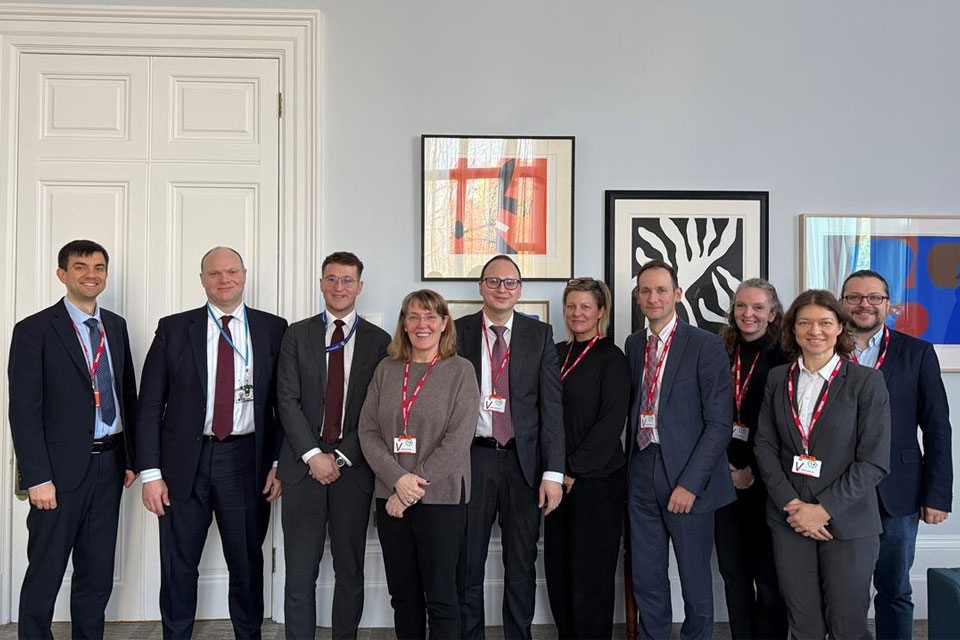
BGS agrees to establish collaboration framework with Ukrainian government
11/12/2025
The partnership will focus on joint research and data exchange opportunities with Ukrainian colleagues.
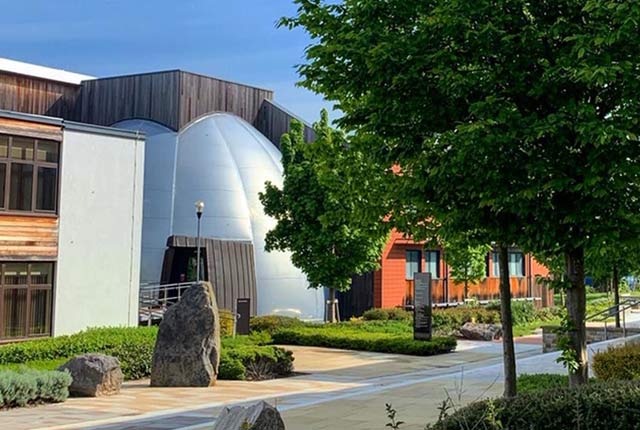
Making research matter: BGS joins leading research organisations in new national initiative
10/12/2025
A new alliance of 35 organisations has been formed that is dedicated to advancing science for the benefit of people, communities, the economy and national priorities.

New 3D model to help mitigate groundwater flooding
08/12/2025
BGS has released a 3D geological model of Gateshead to enhance understanding of groundwater and improve the response to flooding.
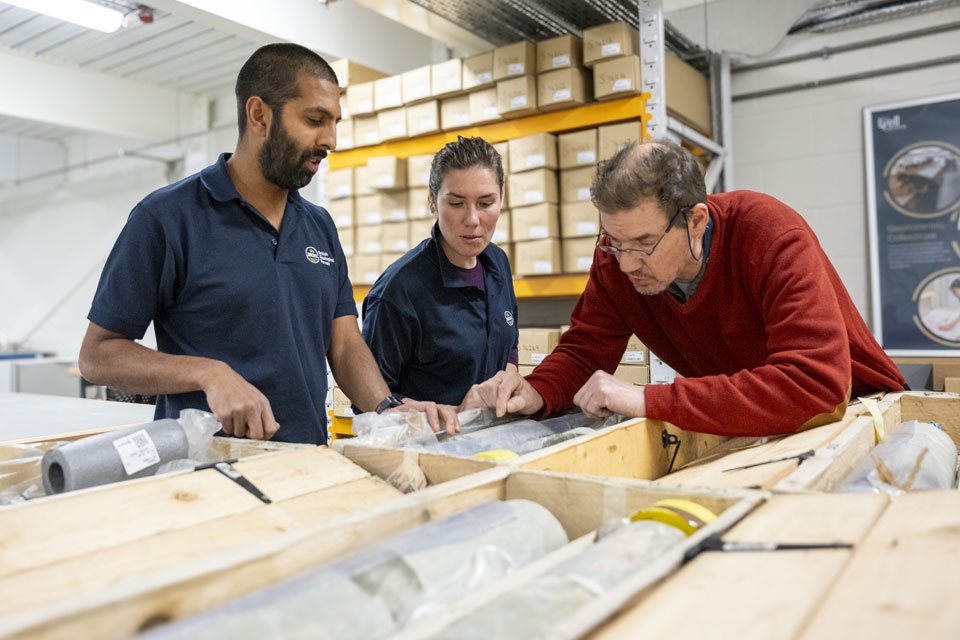
Scientists gain access to ‘once in a lifetime’ core from Great Glen Fault
01/12/2025
The geological core provides a cross-section through the UK’s largest fault zone, offering a rare insight into the formation of the Scottish Highlands.
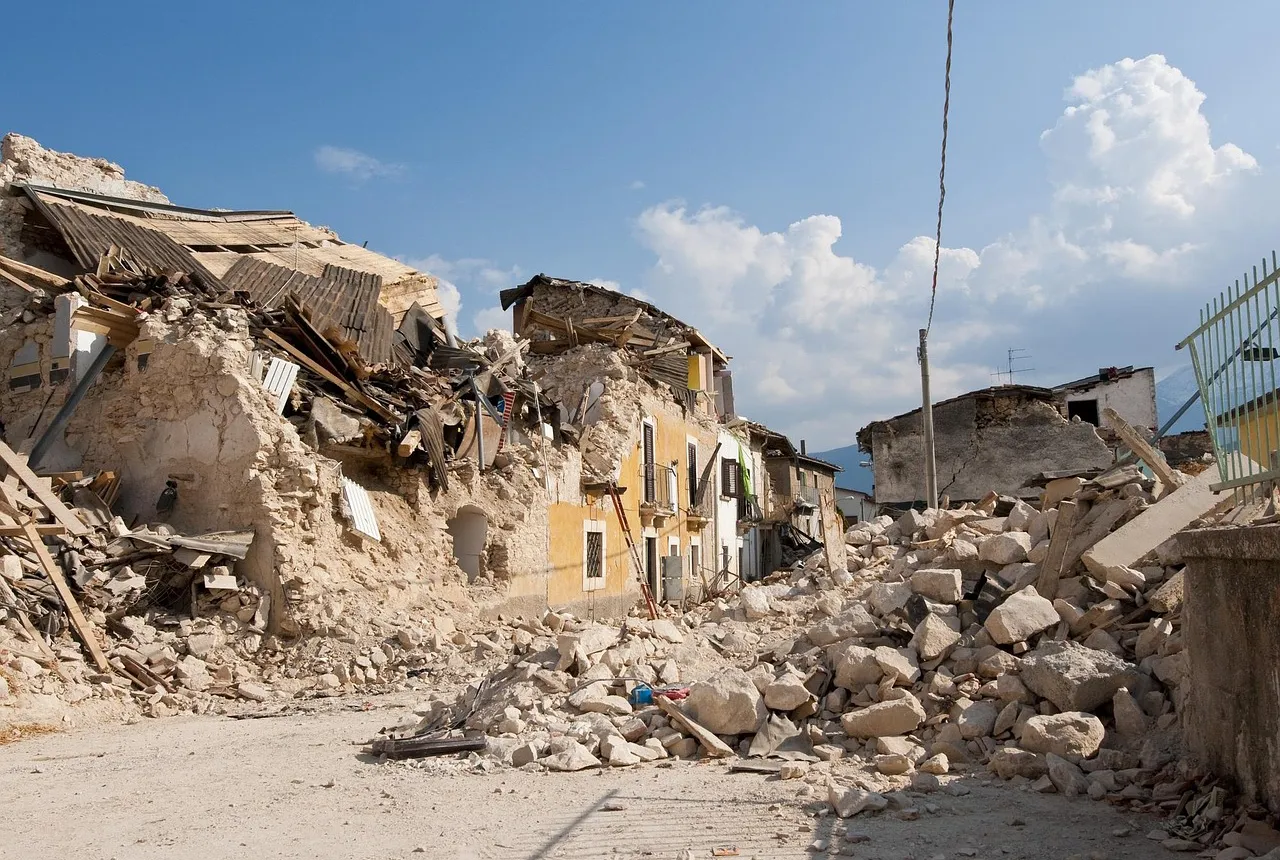
New research shows artificial intelligence earthquake tools forecast aftershock risk in seconds
25/11/2025
Researchers from BGS and the universities of Edinburgh and Padua created the forecasting tools, which were trained on real earthquakes around the world.

BGS welcomes publication of the UK Critical Minerals Strategy
23/11/2025
A clear strategic vision for the UK is crucial to secure the country’s long-term critical mineral supply chains and drive forward the Government’s economic growth agenda.

New funding awarded for UK geological storage research
21/11/2025
A project that aims to investigate the UK’s subsurface resource to support net zero has been awarded funding and is due to begin its research.



